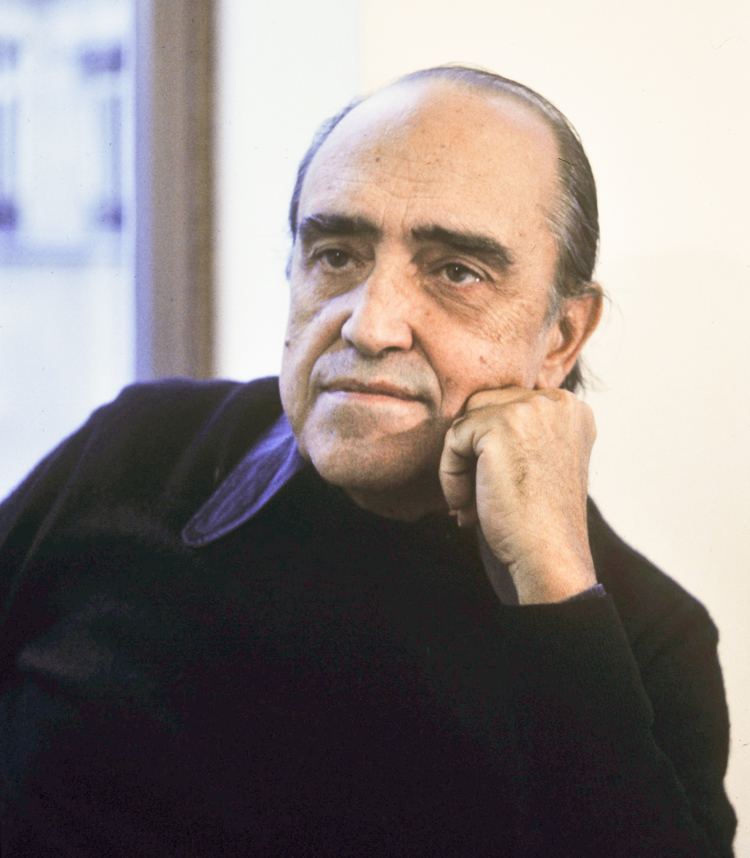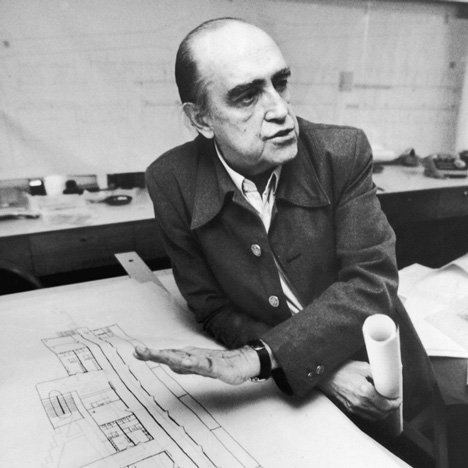Allegiance Germany Years of service 1913–14 Name Oskar Niemeyer | Rank Musketier Role Architect Unit 84th Infantry Regiment Books The curves of time | |
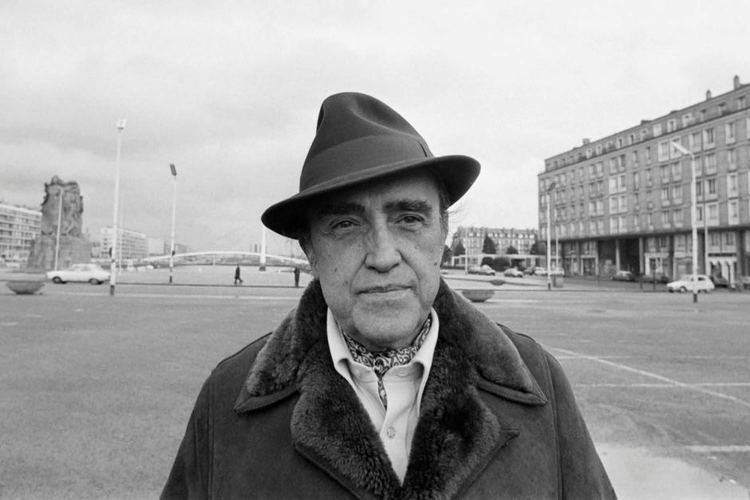 | ||
Buried at St Symphorien Military Cemetery (Coordinates: 50°25′56″N 4°0′38″E / 50.43222°N 4.01056°E / 50.43222; 4.01056) Died December 5, 2012, Rio de Janeiro, Brazil Buildings Palacio da Alvorada, Cathedral of Brasilia Spouse Vera Lucia Cabreira (m. 2006–2012), Annita Baldo (m. 1928–2004) Structures Cathedral of Brasilia, Niteroi Contemporary Art Muse, National Congress of Brazil, Palacio do Planalto, Edificio Copan Similar People Lucio Costa, Juscelino Kubitschek, Le Corbusier, Roberto Burle Marx, Walter Gropius | ||
Musketier Oskar Niemeyer (n.d. – 23 August 1914) was a German soldier. He is recognized as the first recipient (posthumous) of the Iron Cross during the First World War.
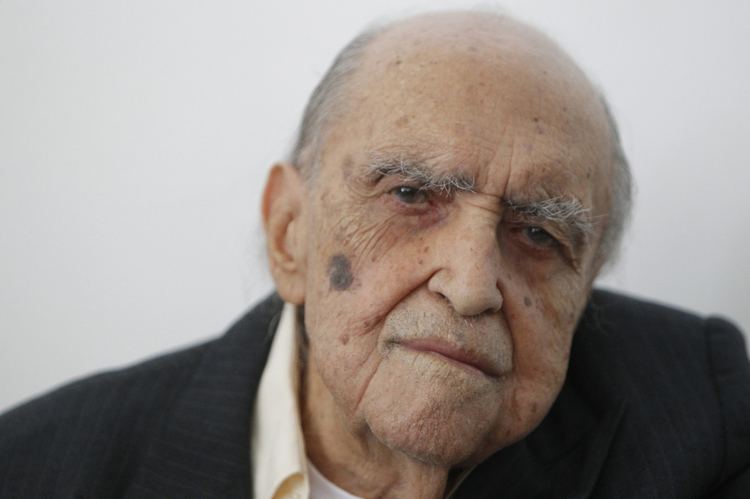
Biography
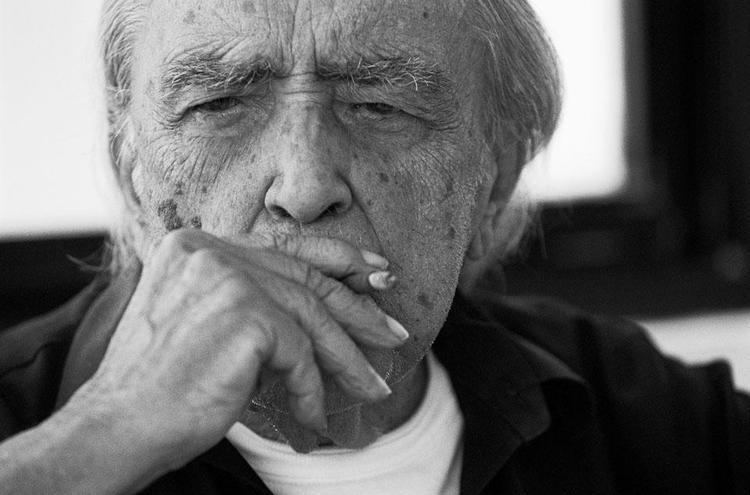
Niemeyer was from Hildesheim. He joined the 84th Infantry Regiment as a recruit in the autumn of 1913, having previously been a gardener. On 23 August 1914, during the Battle of Mons, the 84th Infantry Regiment came upon resistance and closed swing bridge Mons–Condé canal while seeking to extend their position into the east side of the canal. Niemeyer swam across the canal, returned across the canal with a requisitioned small boat, paddled back across the canal with a team who took up position in a house and managed to open fire on the British from there. Meanwhile, Niemeyer opened the bridge allowing the Germans troops to cross in greater numbers. He was killed shortly after opening the bridge. Niemeyer is buried in St Symphorien Military Cemetery in Plot G1 row R grave 6.
